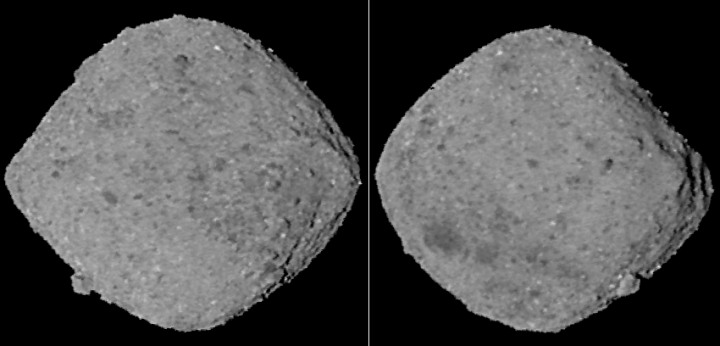Leftist San Fran shuts down Airbnb business
They’re coming for you next: The leftist government of San Francisco has forced the shut down of a chain of Airbnb rentals owned by a couple for violating the city’s many laws.
A San Francisco couple has been fined $2.25 million and ordered to not engage in listing their real estate properties on sites like Airbnb until 2025 for repeated violations of the city’s short term rental laws, the city attorney announced Monday.
City Attorney Dennis Herrera said landlords Darren and Valerie Lee have been running “an illicit hotel chain” during San Francisco’s housing crisis rather than lawfully renting the units to residential tenants.
Though it clearly appears the couple had violated San Francisco laws, the real question is the immoral nature of the laws.
[W]hat should really be on trial here are not the Herreras but the laws that San Francisco has put in place to stifle the gig economy. The Herrera family owns those apartment buildings and they pay the taxes, are responsible for all the maintenance and took the risk of investing in the properties. Clearly, there is a market for short-term rentals because if there weren’t they wouldn’t be able to remain profitable. Why is the city telling them how they must rent out their property?
The public doesn’t benefit from these laws, providing the owners keep the properties up to code and safe to inhabit. The only beneficiaries are the major hotel chains who charge outrageous prices for rooms and lobby politicians heavily (as well as donating generously to their campaigns) to try to squeeze out the gig economy. If the Herrera family has any hope of prevailing here it should come by way of a challenge to these short-term rental laws and the chance to expose the influence of the hotel lobby that drives them.
This is what you get when you allow government too much power: Corruption, favoritism, and oppression. I have in recent years made it my business to avoid California at all costs. This story reinforces that position.
They’re coming for you next: The leftist government of San Francisco has forced the shut down of a chain of Airbnb rentals owned by a couple for violating the city’s many laws.
A San Francisco couple has been fined $2.25 million and ordered to not engage in listing their real estate properties on sites like Airbnb until 2025 for repeated violations of the city’s short term rental laws, the city attorney announced Monday.
City Attorney Dennis Herrera said landlords Darren and Valerie Lee have been running “an illicit hotel chain” during San Francisco’s housing crisis rather than lawfully renting the units to residential tenants.
Though it clearly appears the couple had violated San Francisco laws, the real question is the immoral nature of the laws.
[W]hat should really be on trial here are not the Herreras but the laws that San Francisco has put in place to stifle the gig economy. The Herrera family owns those apartment buildings and they pay the taxes, are responsible for all the maintenance and took the risk of investing in the properties. Clearly, there is a market for short-term rentals because if there weren’t they wouldn’t be able to remain profitable. Why is the city telling them how they must rent out their property?
The public doesn’t benefit from these laws, providing the owners keep the properties up to code and safe to inhabit. The only beneficiaries are the major hotel chains who charge outrageous prices for rooms and lobby politicians heavily (as well as donating generously to their campaigns) to try to squeeze out the gig economy. If the Herrera family has any hope of prevailing here it should come by way of a challenge to these short-term rental laws and the chance to expose the influence of the hotel lobby that drives them.
This is what you get when you allow government too much power: Corruption, favoritism, and oppression. I have in recent years made it my business to avoid California at all costs. This story reinforces that position.



